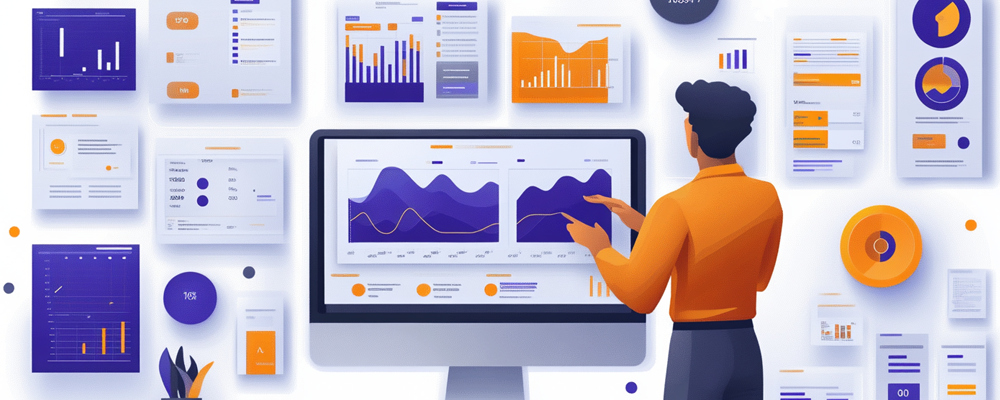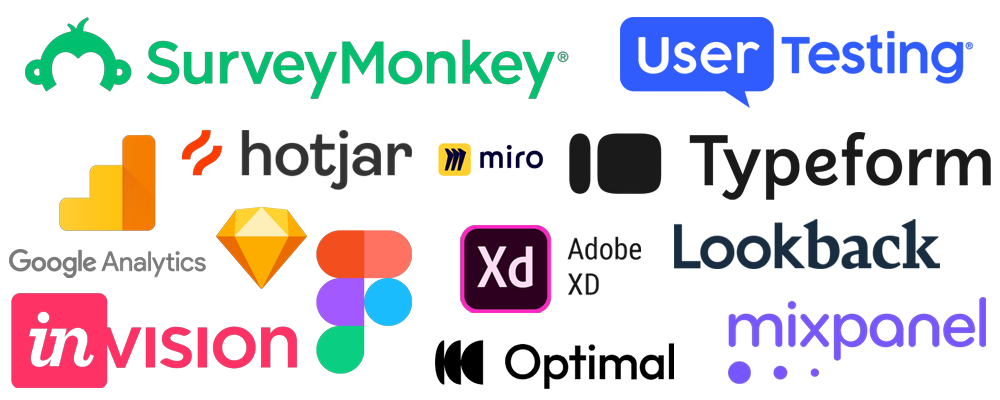The Best UX Tools for Data-Driven UX Design
In the world of User Experience (UX) design, the right UX tools can make all the difference. Particularly when it comes to adopting a data-driven approach, leveraging the best software and platforms becomes critical. This article will explore the most valuable resources available, helping you to gather actionable insights and create truly user-centric designs.
Why You Need the Right UX Tools
Effective UX tools streamline the design process. They empower you to:
- Conduct thorough user research
- Analyze user behavior with precision
- Test and validate design decisions efficiently
- Collaborate seamlessly with your team
Categories of UX Tools
UX tools span various categories. Here’s a breakdown:
- User Research: Gather qualitative data through surveys, interviews, and user testing.
- Analytics: Track user behavior, measure performance, and identify areas for improvement.
- Prototyping: Create interactive prototypes to test design concepts and gather feedback.
- Usability Testing: Conduct moderated and unmoderated testing to evaluate the usability of your designs.
- Collaboration: Facilitate communication, feedback, and version control among team members.

Top UX Tools for Data-Driven Design
User Research Tools
- SurveyMonkey: Create and distribute surveys to gather user feedback.
- Typeform: Design engaging and conversational surveys to collect rich user insights.
- UserTesting.com: Conduct remote user testing sessions to observe users interacting with your designs.
Analytics Tools
- Google Analytics: A powerful web analytics tool for tracking user behavior, traffic sources, and conversion rates. Many businesses use Google Analytics, as reported by Statista.
- Hotjar: Heatmaps, session recordings, and feedback tools to understand how users interact with your site.
- Mixpanel: Event tracking and user segmentation for detailed user behavior analysis.
Prototyping Tools
- Figma: A collaborative design tool for creating interactive prototypes and wireframes.
- Sketch: (External Link to Sketch) A vector-based design tool for creating high-fidelity prototypes.
- Adobe XD: (External Link to Adobe XD) A UX design and prototyping tool for creating and sharing interactive designs.
Usability Testing Tools
- Lookback: Conduct remote user testing sessions with screen sharing and webcam recording.
- Optimal Workshop: A suite of UX research tools for card sorting, tree testing, and first-click testing.
Collaboration Tools
- Miro: A collaborative whiteboard platform for brainstorming, planning, and design collaboration.
- InVision: A prototyping and collaboration platform for UX designers.

How to Choose the Right UX Tools
Selecting the right UX tools requires careful consideration. Ask yourself these questions:
- What are your specific UX goals?
- What is your budget?
- What is the size and skillset of your team?
- What integrations do you need?
- Do the tools align with your design process?
Tips for Maximizing Your UX Tools
- Invest in training: Ensure your team is proficient in using the UX tools you select.
- Integrate your tools: Connect your UX tools to streamline your workflow.
- Track your ROI: Measure the impact of your UX tools on your design process and business goals.
- Stay updated: The UX landscape is constantly evolving. Keep up with the latest UX tools and trends.
Common Mistakes to Avoid
- Choosing tools based on popularity alone: Select tools that meet your specific needs, not just what’s trendy.
- Overlooking training: Investing in training ensures your team can effectively use the tools.
- Not integrating tools: Integration streamlines your workflow and saves time.
- Ignoring ROI: Measuring the impact of your tools helps you justify your investment.
Resources and Further Reading
- Nielsen Norman Group: A leading research firm specializing in user experience.
- UX Collective: A curated collection of articles and resources on UX design.
- Interaction Design Foundation: Offers online UX design courses and resources.
Conclusion
The right UX tools are essential for creating data-driven user experiences. By selecting the right tools, integrating them effectively, and measuring their impact, you can optimize your design process and achieve better results.
Ready to find the perfect UX tools for your team? Contact UXFocus today for a consultation!
